Table of Contents
- Signs Your Molasses Has Gone Bad
- How Long Does Molasses Last? Storage Tips
- Creative Ways to Use Up Old Molasses
- Buying Guide: Choosing the Best Molasses for Your Needs
- Frequently Asked Questions About Molasses Expiration
- Conclusion: Don't Waste That Molasses!
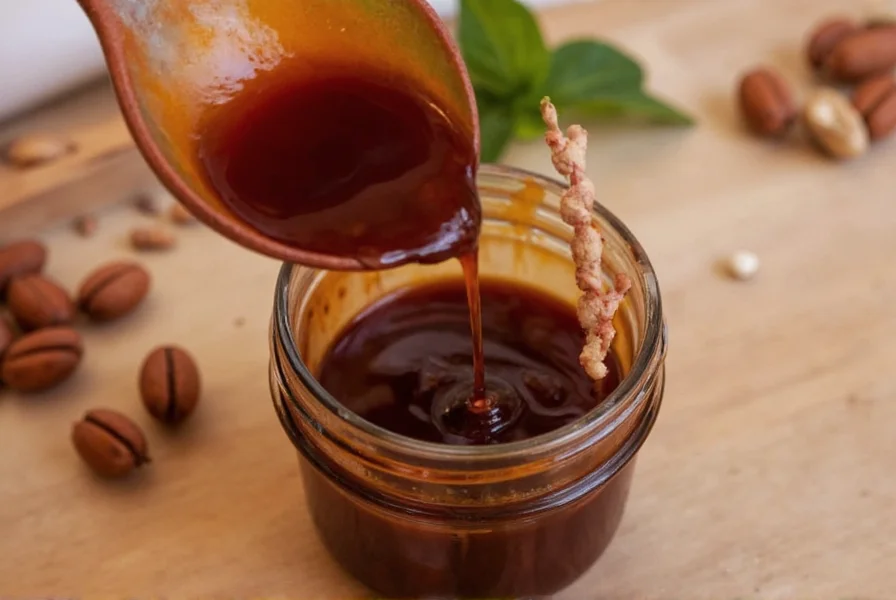
Signs Your Molasses Has Gone Bad
The good news is that molasses doesn't really go bad in the traditional sense—it can last for years if stored properly. However, there are some signs that your molasses may no longer be ideal for use:
1. Unpleasant Smell
If your molasses smells sour, yeasty, or like alcohol, it might have fermented due to moisture contamination. This usually happens when water got into the bottle during use.
2. Mold Growth
While rare, mold can appear if the container was improperly sealed or left open. If you see any fuzzy spots or discoloration, toss it out.
3. Strange Taste or Texture
Expired molasses may develop a rancid or off taste. It should remain smooth and pourable. If it becomes grainy or separates badly, it's time to replace it.
| Sign | Description | Action |
|---|---|---|
| Bad smell | Smells sour or alcoholic | Discard |
| Mold growth | Visible mold or fuzz | Throw away immediately |
| Strange texture | Lumpy, grainy, or separated | Use cautiously or discard |
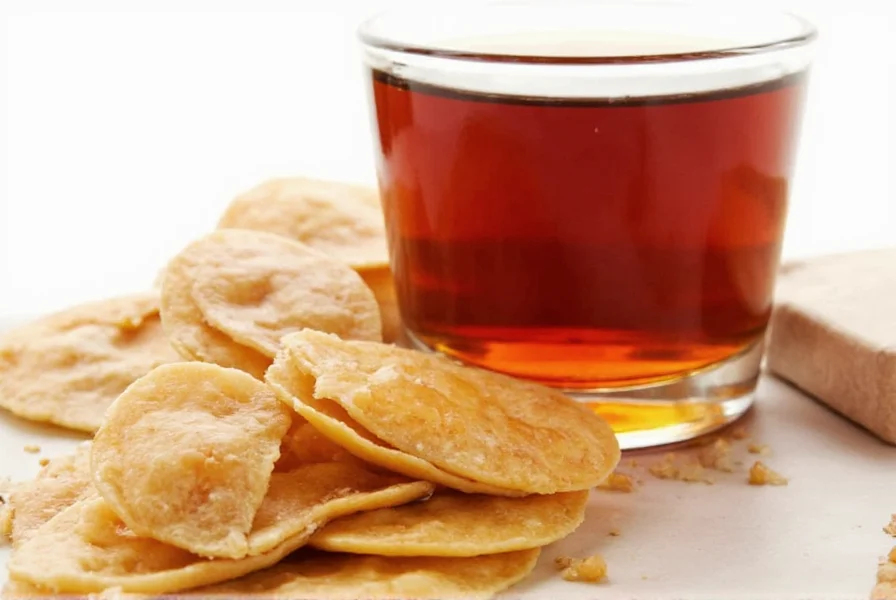
How Long Does Molasses Last? Storage Tips
Proper storage is key to keeping molasses fresh and usable for as long as possible. Here are some tried-and-true methods:
- Keep it tightly sealed: Always close the lid securely after each use to prevent air and moisture from getting in.
- Cool, dark place: Store in a pantry or cupboard away from heat and sunlight. Heat can cause separation or crystallization.
- Refrigeration (optional): While not necessary, refrigerating molasses after opening can slow down oxidation and preserve flavor longer.
- Use dry utensils: Never dip a wet spoon into the jar—moisture can lead to fermentation and spoilage.
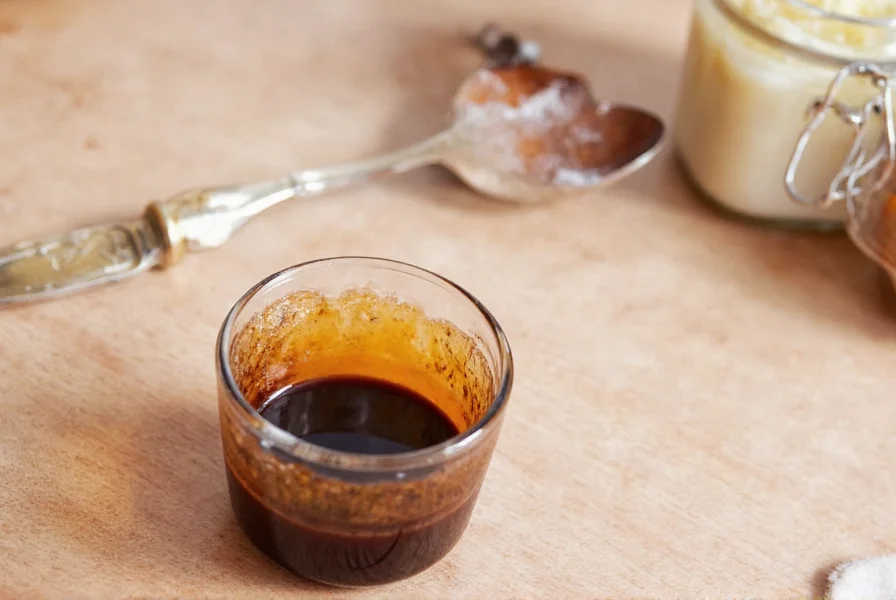
| Storage Method | Shelf Life | Pros | Cons |
|---|---|---|---|
| Pantry (unopened) | Up to 2 years | Convenient, space-saving | Possible separation over time |
| Pantry (opened) | 1–1.5 years | Easily accessible | Flavor degrades slightly |
| Refrigerated (opened) | 1.5–2 years | Preserves freshness longer | Thickens; harder to pour |
Creative Ways to Use Up Old Molasses
If your molasses is still safe but maybe a bit past its prime, don't throw it out! There are plenty of clever ways to put it to use:
- Bake it into cookies or bread: Perfect for gingerbread, molasses cookies, or banana bread.
- Make homemade BBQ sauce: A splash of molasses adds depth and sweetness to sauces.
- Glaze roasted vegetables: Try glazing carrots, squash, or Brussels sprouts with molasses for a rich, savory-sweet twist.
- Feed your garden plants: Mix a small amount with water and use as an organic fertilizer—it boosts microbial activity in soil!
- Add to oatmeal or yogurt: For a touch of natural sweetness and nutrients.
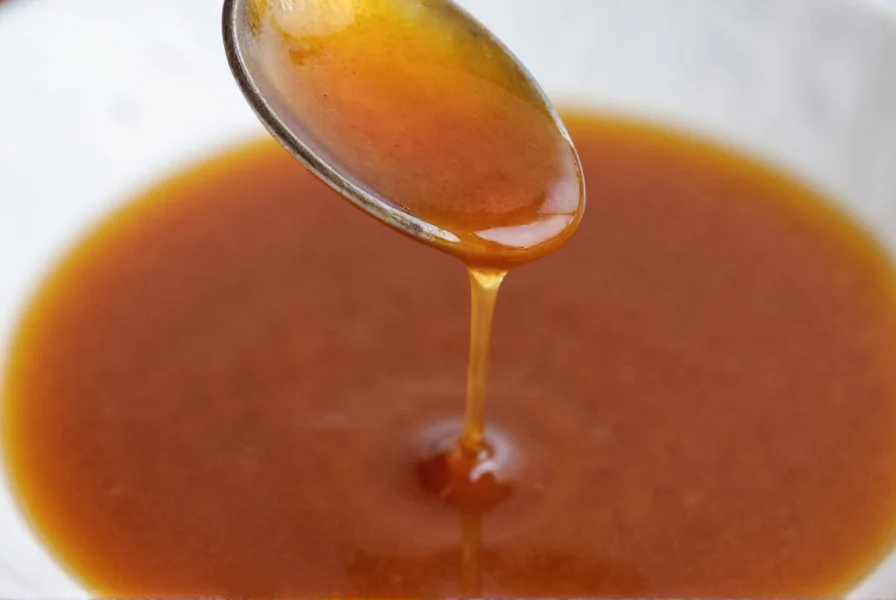
Buying Guide: Choosing the Best Molasses for Your Needs
Not all molasses is created equal. Depending on your culinary goals, one type might suit your needs better than another. Let's break down the options:
What is Molasses?
Molasses is a thick, dark syrup that's a byproduct of refining sugar cane or sugar beets into sugar. Depending on how many times the syrup has been boiled, it can be categorized into different types:
- Light molasses: Sweetest and least viscous, from the first boiling.
- Dark molasses: Thicker and less sweet, from the second boiling.
- Blackstrap molasses: Most nutrient-dense and bitter, from the third boiling.
Molasses isn't just a flavor booster—it's also packed with iron, calcium, magnesium, and potassium. However, because it's natural and often minimally processed, people are curious about its shelf life and whether it ever goes bad.
1. Light Molasses
- Best for: Sweet recipes like cakes, muffins, and syrups.
- Flavor profile: Mildly sweet, caramel-like.
- Recommended brand: Grandma's Original Molasses
2. Dark Molasses
- Best for: Bolder flavors such as spiced cookies or sauces.
- Flavor profile: Less sweet, more robust.
- Recommended brand: Brer Rabbit Dark Molasses
3. Blackstrap Molasses
- Best for: Nutrient-rich applications like smoothies or health tonics.
- Flavor profile: Strong, bitter, mineral-rich.
- Recommended brand: Wholesome Sweeteners Organic Blackstrap Molasses
| Type | Best For | Texture | Sugar Content | Nutrients |
|---|---|---|---|---|
| Light | Sweet baked goods | Thin, fluid | High | Low |
| Dark | Spice-heavy dishes | Thicker | Moderate | Moderate |
| Blackstrap | Health-focused recipes | Very thick | Low | High |
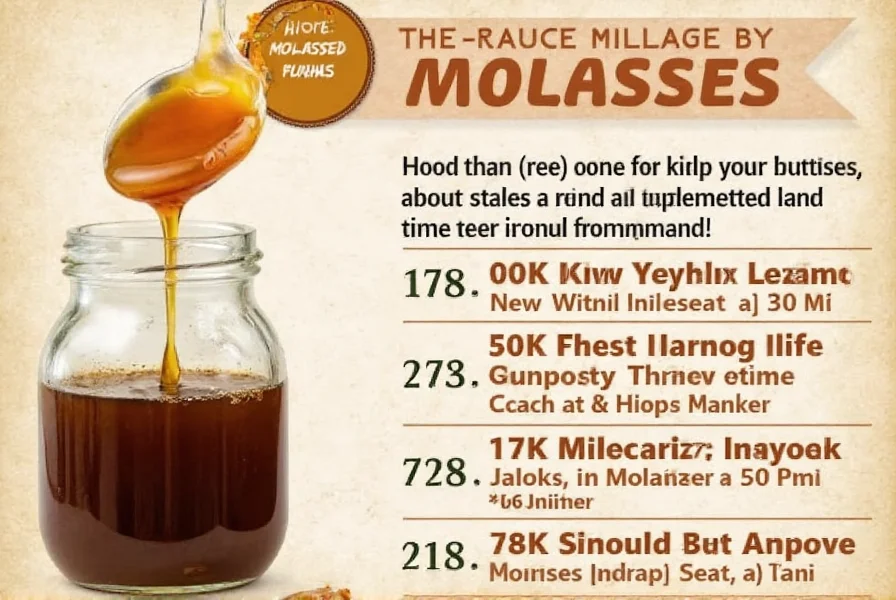
What to Look for When Buying
- Organic certification: For those avoiding pesticides or artificial additives.
- Unsulfured: Sulfur dioxide is sometimes used during processing; opt for unsulfured for cleaner flavor.
- Glass packaging: Better for preserving flavor and preventing chemical leaching compared to plastic.
- Expiration date: Always check the best before date, even though molasses lasts a long time.
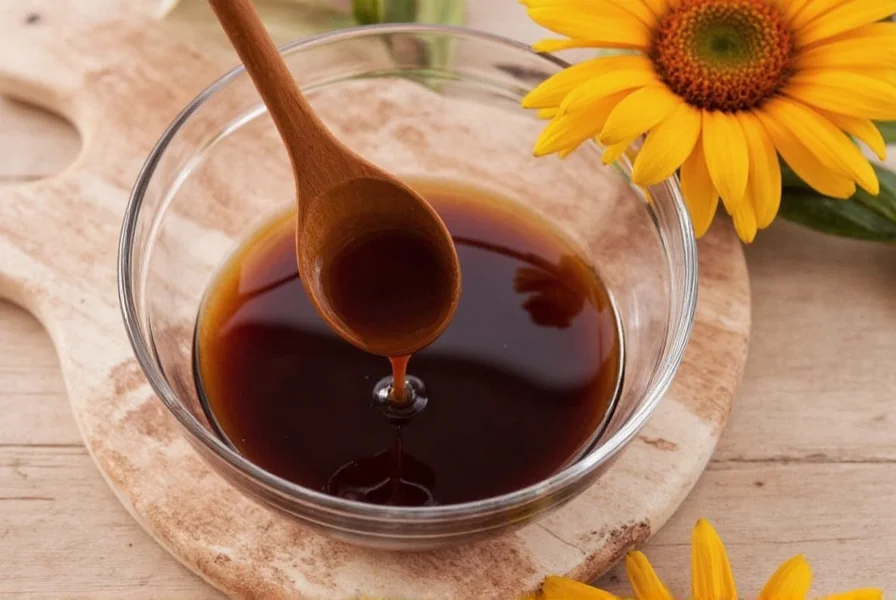
Frequently Asked Questions About Molasses Expiration
Does molasses actually expire?
Molasses doesn't truly expire in the traditional sense due to its high sugar content and low moisture, which naturally inhibits bacterial growth. When stored properly, molasses can remain safe to consume for years beyond the "best by" date on the label. However, its quality may gradually decline over time, with changes in flavor, texture, and color.
How long does molasses last once opened?
Opened molasses typically maintains its best quality for 1-1.5 years when stored in a cool, dark pantry. If refrigerated after opening, it can last 1.5-2 years while preserving better flavor. The thick consistency of molasses acts as a natural preservative, though exposure to air and moisture can eventually affect its quality.
What are the three main signs that molasses has gone bad?
The three primary signs that molasses may no longer be ideal for use are: 1) An unpleasant smell (sour, yeasty, or alcoholic odor indicating fermentation), 2) Visible mold growth (fuzzy spots or discoloration), and 3) Strange texture or taste (graininess, excessive separation, or rancid flavor). If you notice any of these signs, it's best to discard the molasses.
Can I still use molasses that's past its "best by" date?
Yes, you can typically use molasses well past its "best by" date if it has been properly stored and shows no signs of spoilage. The "best by" date indicates peak quality, not safety. As long as your molasses looks, smells, and tastes normal—without mold, odd odors, or strange textures—it's generally safe to use even several years after the date on the label.
Why does my molasses get thicker over time?
Molasses naturally becomes thicker over time due to moisture evaporation, especially if the container isn't sealed tightly. This is a normal process and doesn't necessarily mean the molasses has gone bad. To thin it, you can gently warm the jar in hot water or add a small amount of warm water while stirring. Avoid using excessive heat as it can alter the flavor.
Does blackstrap molasses expire differently than light molasses?
All types of molasses follow similar expiration patterns because they share the same basic preservation properties. However, blackstrap molasses—with its lower sugar content and higher mineral concentration—may be slightly more prone to crystallization over very long periods. Light molasses, with higher sugar content, might maintain its fluidity longer. Regardless of type, proper storage is the most important factor for longevity.
Conclusion: Don't Waste That Molasses!
In short, molasses doesn't really expire—but it can degrade in quality over time. With proper storage and a little care, you can keep your molasses in great condition for up to two years or more. If it still looks and smells fine, it's probably still usable.
Remember, molasses is more than just a sweetener—it's a powerhouse of nutrients and flavor. Whether you're using it in a holiday cookie recipe or boosting your soil's fertility, there's always a way to make the most of this versatile ingredient.
So next time you open that dusty bottle from the back of your pantry, take a sniff, give it a stir, and decide: is it still golden—or is it time to move on?
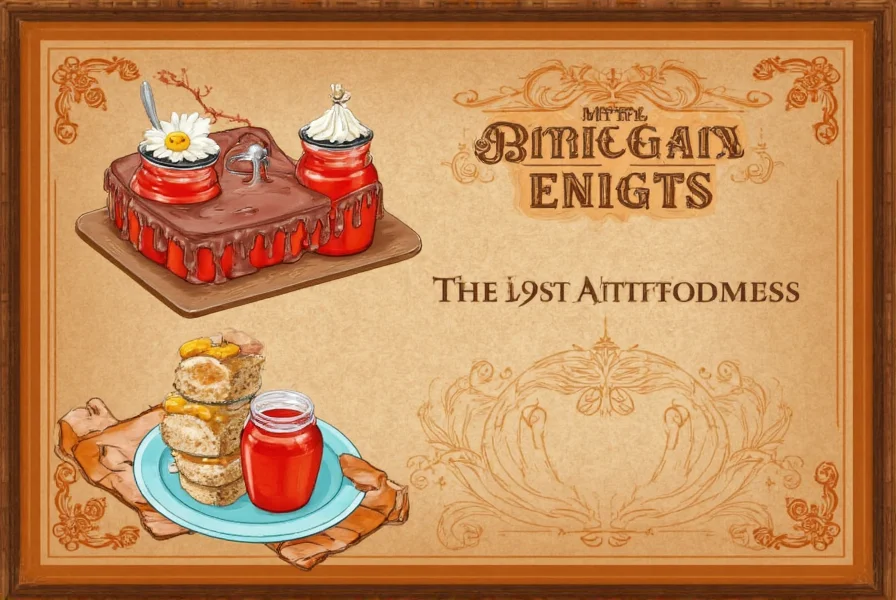

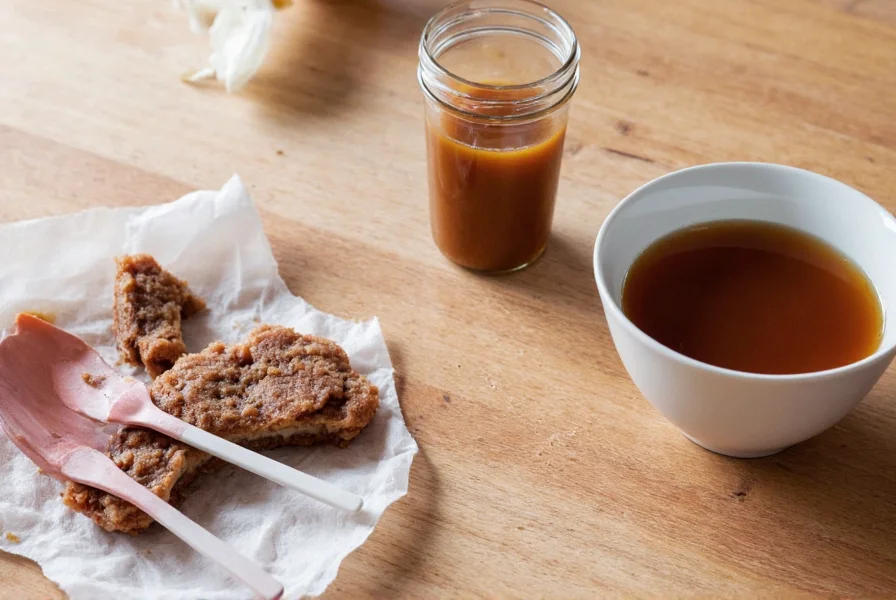









 浙公网安备
33010002000092号
浙公网安备
33010002000092号 浙B2-20120091-4
浙B2-20120091-4